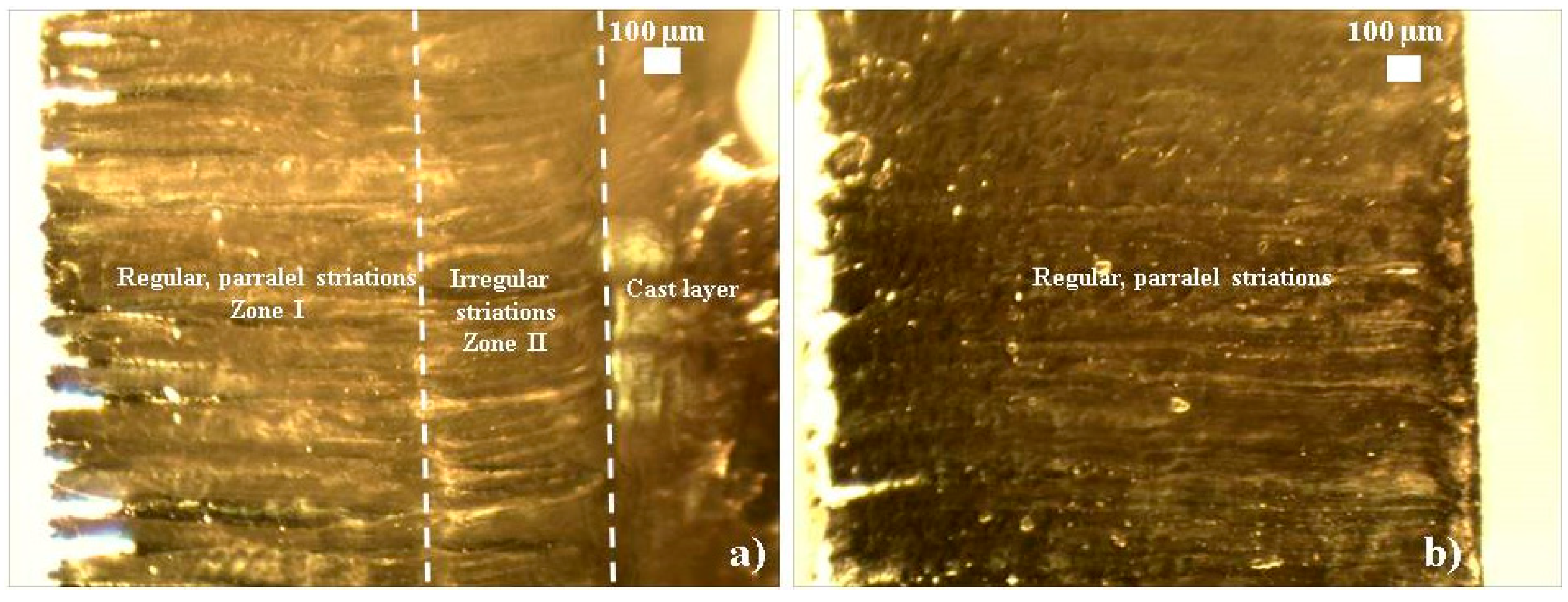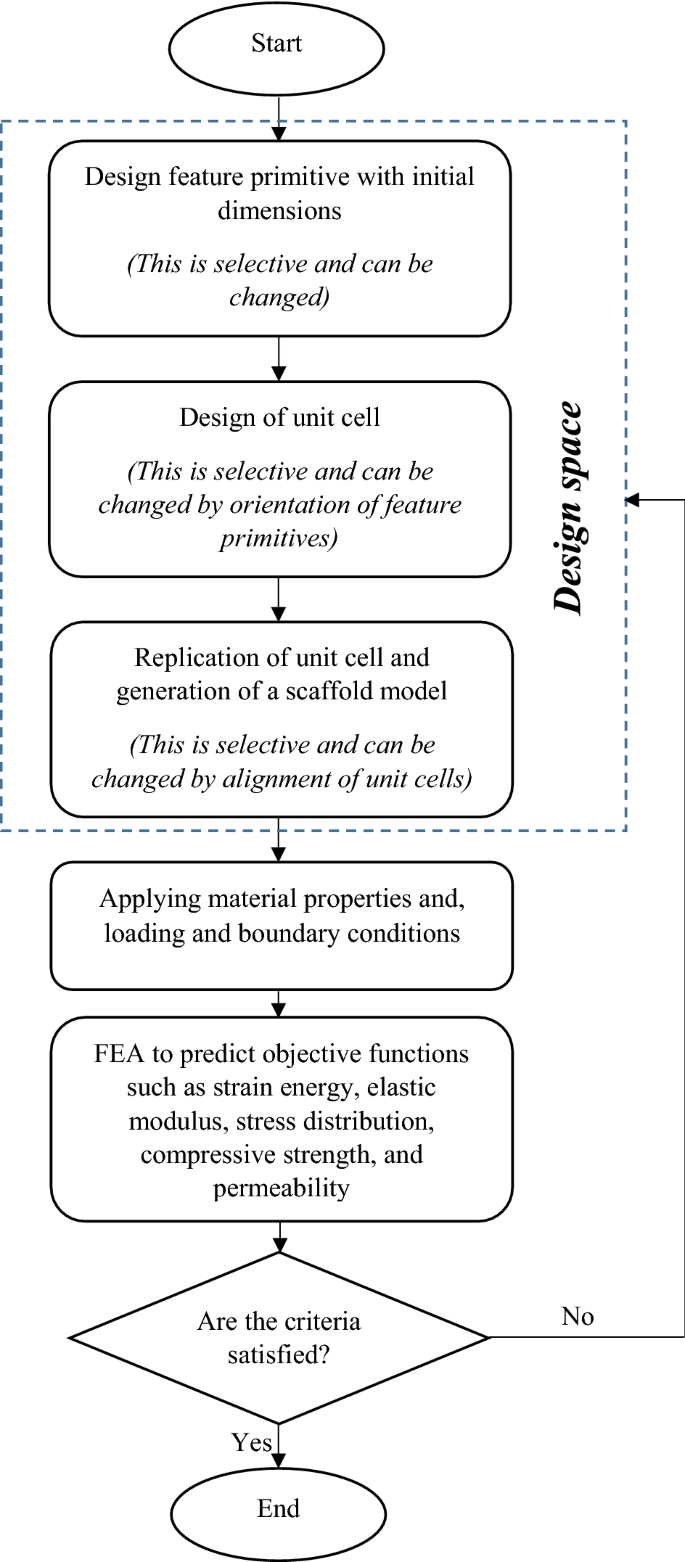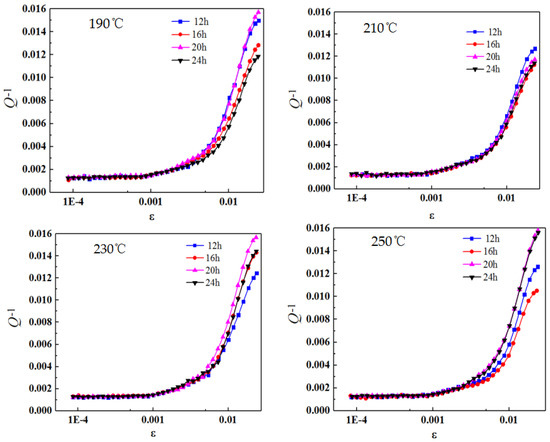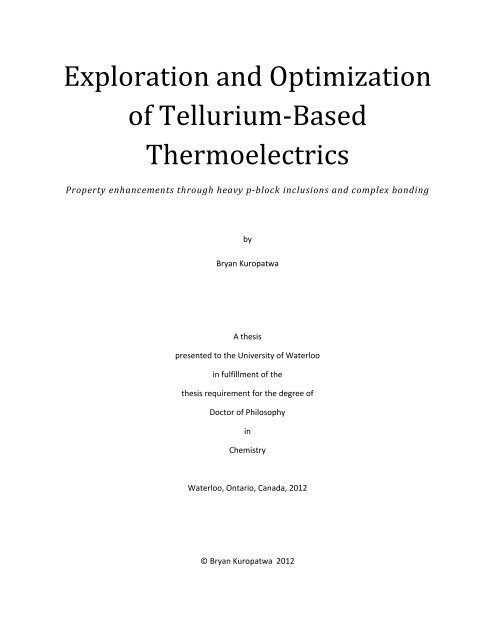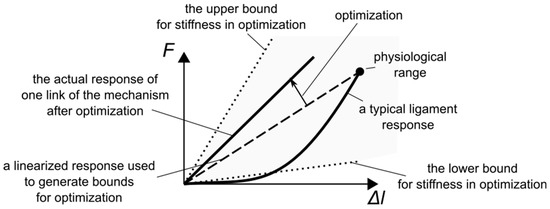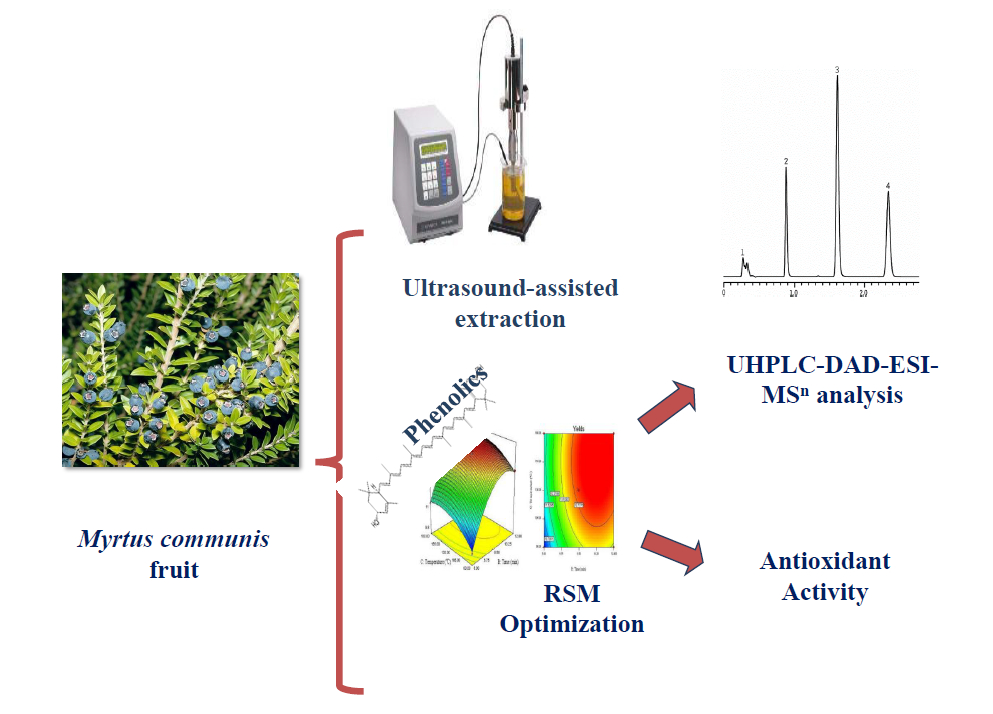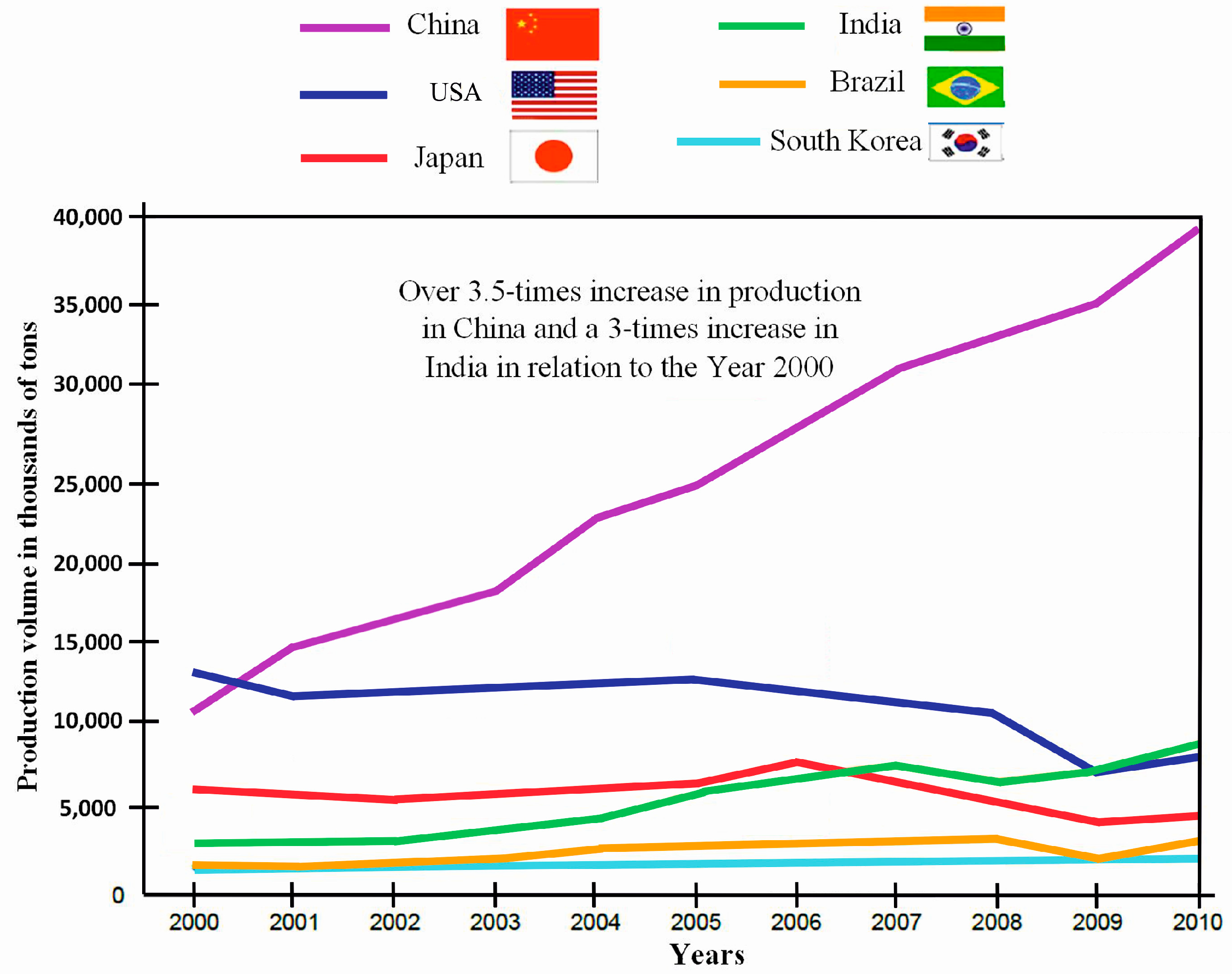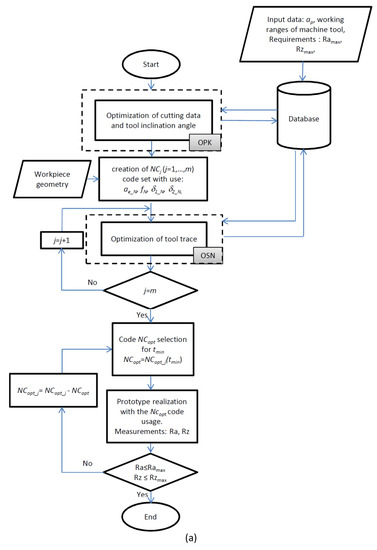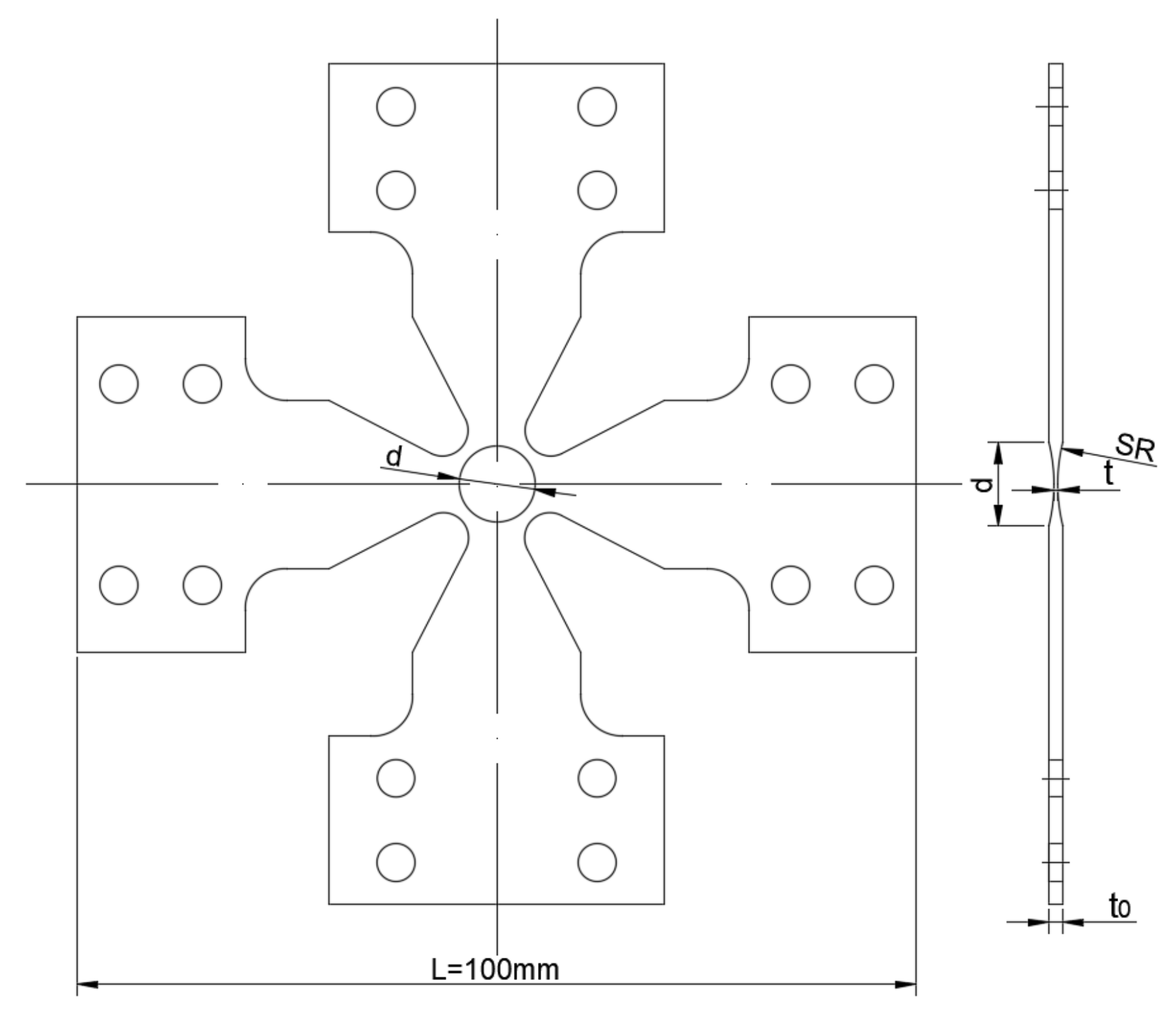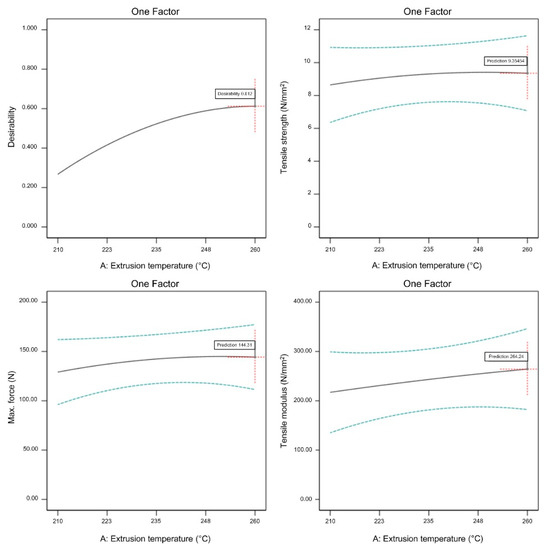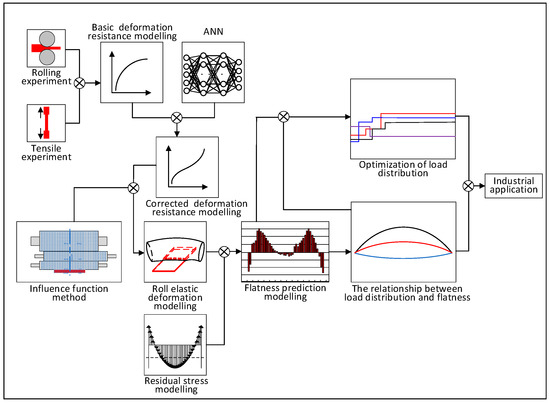Optimisation Of Sintered Glass Ceramics From An Industrial Waste Glass

Two step thermal process.
Optimisation of sintered glass ceramics from an industrial waste glass. The obtained glass ceramics can be potentially used for industrial buildings because of the sufficient mechanical strength. The aim of this study was to optimize the main parameters of the process for production of glass ceramics from fly ash and waste glass by using response surface method 19. The measured microhardness of this material was of 5 3 0 04 gpa which is a similar value of other waste derived glass ceramics. Request pdf optimisation of sintered glass ceramics from an industrial waste glass industrial plasma melting of municipal solid waste msw incinerator fly ashes leads to a glass that may be.
The matrix was b 2 o 3 fe 2 o 3 cao sio 2 al 2 o 3 glass with one of the crystalline phases enriched in metals especially iron and titanium. Glasses from the melting of several kinds of industrial waste the technology relies on the viscous flow sintering of fine glass powders with concurrent crystallisation in turn due to a surface mechanism. The sintered materials exhibit a well developed and reproducible glass ceramic microstructure comprising a silicate matrix with dispersed crystalline phases. 28 figure 5a shows the typical.
20 28 in addition the coefficient of thermal expansion 9 5 10 6 c 1 is also comparable to the ones already measured in waste derived glass ceramic materials. The technology of granite like glass ceramics from hazardous industrial wastes is based on the following steps. The production of glass ceramic materials based on inorganic industrial waste generated by different industries is a promising line and has been used very successfully to crystallize important ceramics from the glass phase. Industrial plasma melting of municipal solid waste msw incinerator fly ashes leads to a glass that may be easily crystallised to gehlenite glass ceramics by the sintering of fine glass powders.
The hazardous industrial waste used may range from 50 to 70 percent of the raw material used which is higher in comparison to other similar technologies. Recent papers have shown that sinter crystallisation is a very effective process for obtaining strong and dense glass ceramics from waste glasses i e.













